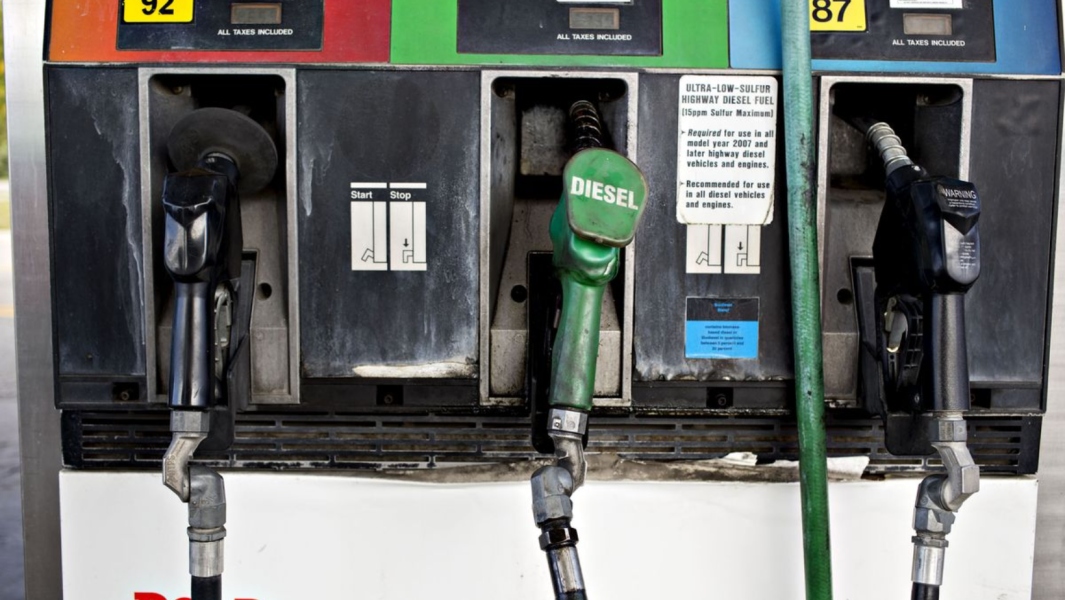Archives
- Home
- News
- Posts
- Farmers Weekly
- Agri value chain reeling from spiking diesel prices
Agri value chain reeling from spiking diesel prices
- Farmers Weekly
-
Nov 02
- Share post

On the eve of yet another diesel price hike, farmers in the eastern parts of the country are scrambling to secure adequate volumes of diesel for planting. This was according to Henry Geldenhuys, a grain producer near Ermelo and president of TLU SA.

The Central Energy Fund announced on 28 October that the price of wholesale diesel with a 0,05% sulphur content would increase by R1,43/l, while that of 0,005% sulphur content would increase by R1,44/l.
According to the South African Petroleum Industry Association, this meant that the price of wholesale diesel with a 0,05% sulfur content would now be R24,84/l and that of 0,005% sulfur content would be priced at R25,09/l.
Corné Louw, the senior economist at Grain SA, said that while a few farmers in the eastern regions of the country were struggling to secure enough diesel, no shortages had been reported.
“We have discussed the matter with the association, and while the industry is currently struggling with logistical bottlenecks, [we’ve been] assured that there is enough diesel available in the country. However, Grain SA is closely monitoring the situation.
“The wholesale price of diesel is now 48% higher than [the same time] last year, rising from R17,20/l [November 2021] to R25,49/l in Gauteng. That’s an increase of R8,29/l.”
To place this in perspective, he explained that diesel made up about 14% of a farmer’s production costs.
“To see an increase of nearly 50% year-on-year is daunting and it does not take an economist to know that we are heading for trouble.
“We need to also keep in mind that this rise comes on top of record high prices paid for other inputs such as fertilizer and agrochemicals.”
Louw added that in grain farming there were three risks that farmers needed to manage: input costs, production risks (for example unfavorable weather), and the commodity price risk. At present, the commodity price risk was the most daunting of the three, he said.
“As the majority [90%] of South Africa’s maize crop is grown under dryland [conditions], it’s impossible for a farmer to hedge his or her harvest too early.
“International grain prices are bound to fall because several other countries have also increased their production. It’s [therefore] not a question of if, but when,” Louw said.
“There will [thus] be serious repercussions if farmers are unable to recover their input costs with adequate grain prices.”
Geldenhuys said farmers were also struggling to obtain adequate financing, and this in itself could decrease the area planted to grain across the country.
“With input costs rising rapidly, farmers will not be able to afford as much fuel as they initially anticipated, and therefore, they will be forced to plant less,” Geldenhuys said.
There was also the question of how far the resources of financially struggling consumers could still be stretched, Louw added.
“What is interesting is the fact that maize meal sales go up when people struggle because it remains the most affordable food available.”
However, Louw said that the rising diesel price would also have a spillover effect on food prices because the impact of increasing diesel prices did not end at the farm gate.
“Maize still needs to be delivered to the mills, then to factories, and finally needs to be distributed to supermarkets. This 48% [year-on-year price increase] is spread right along the value chain, all the way to consumers.”





